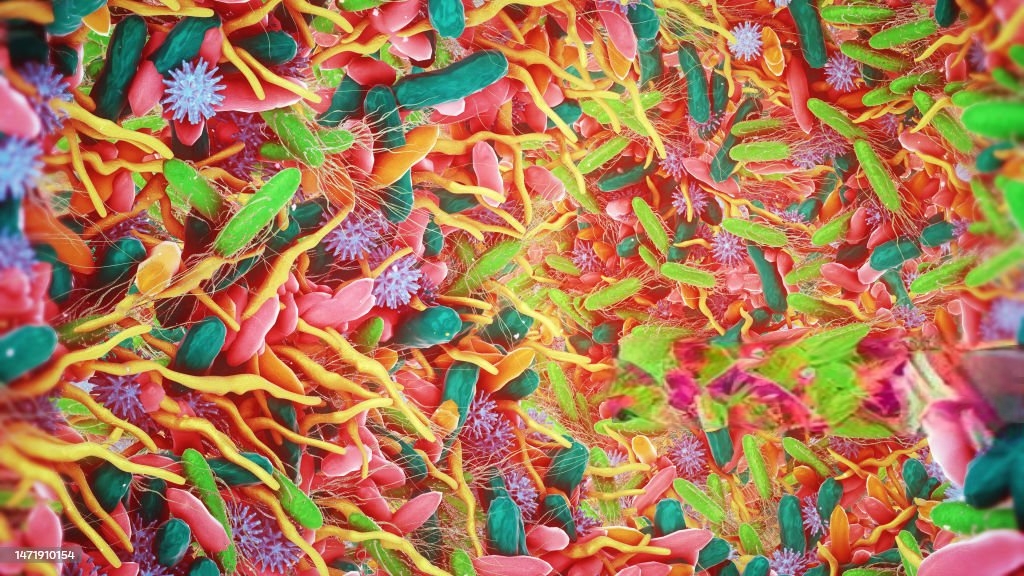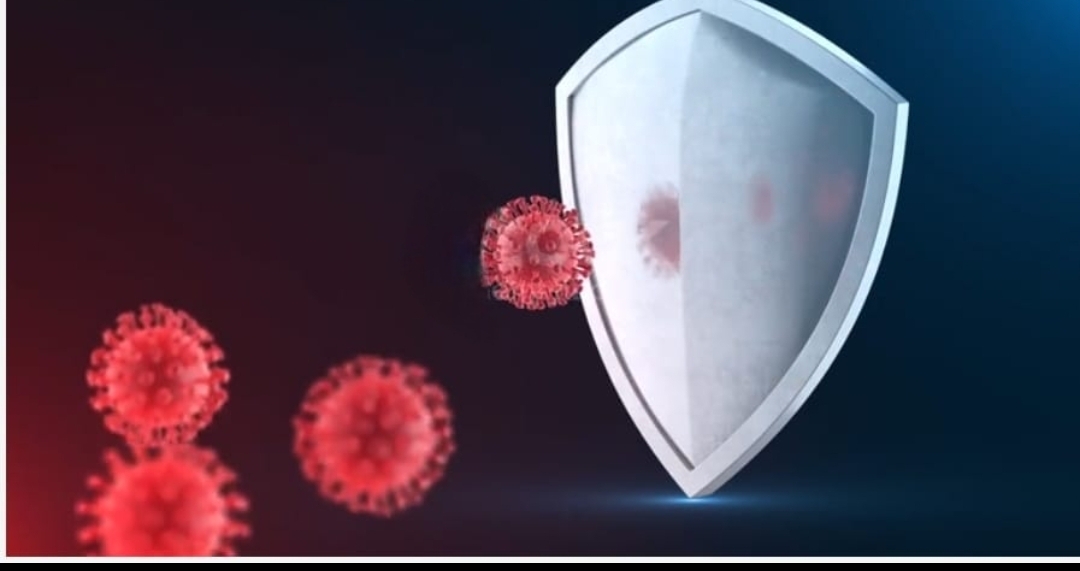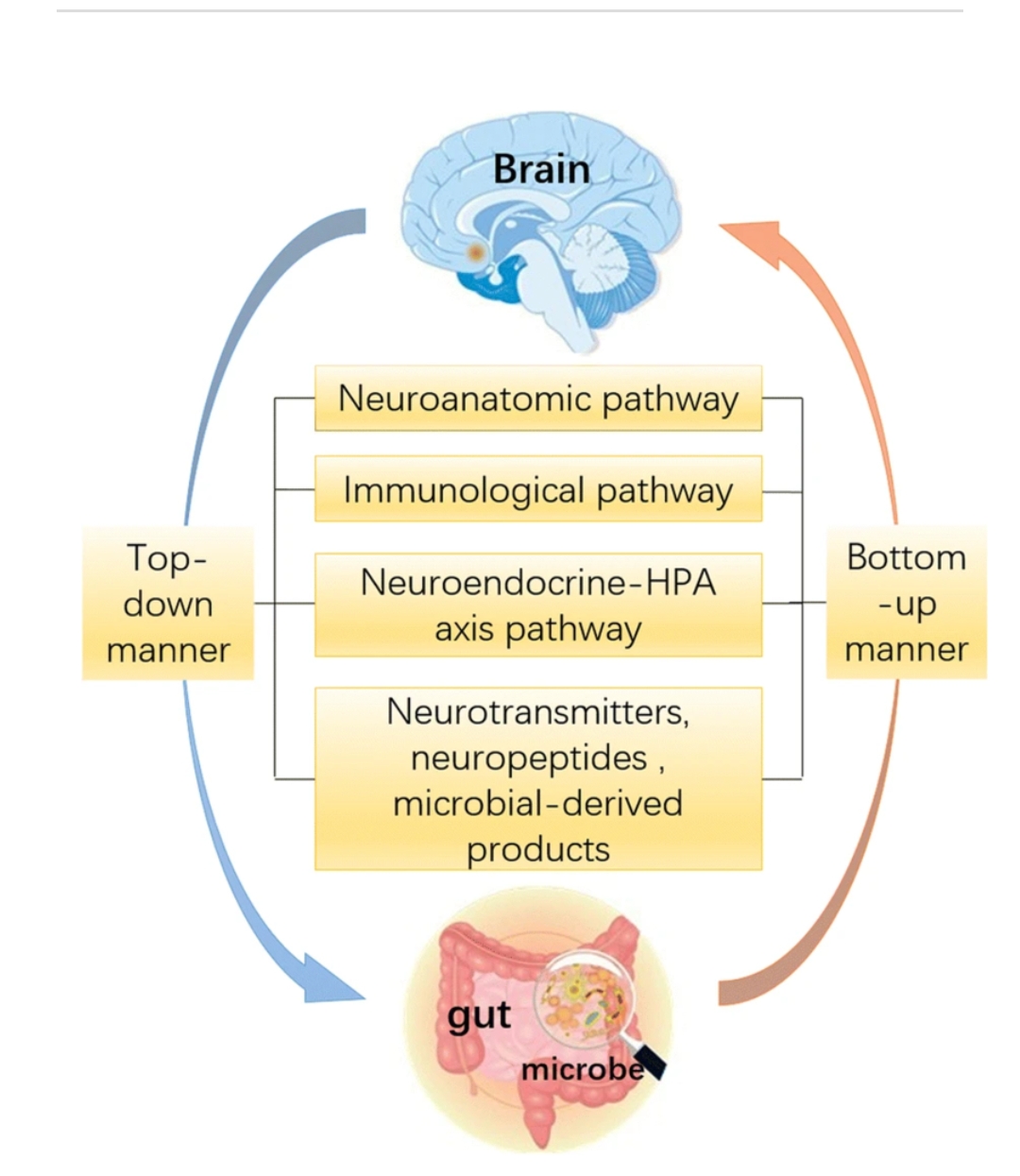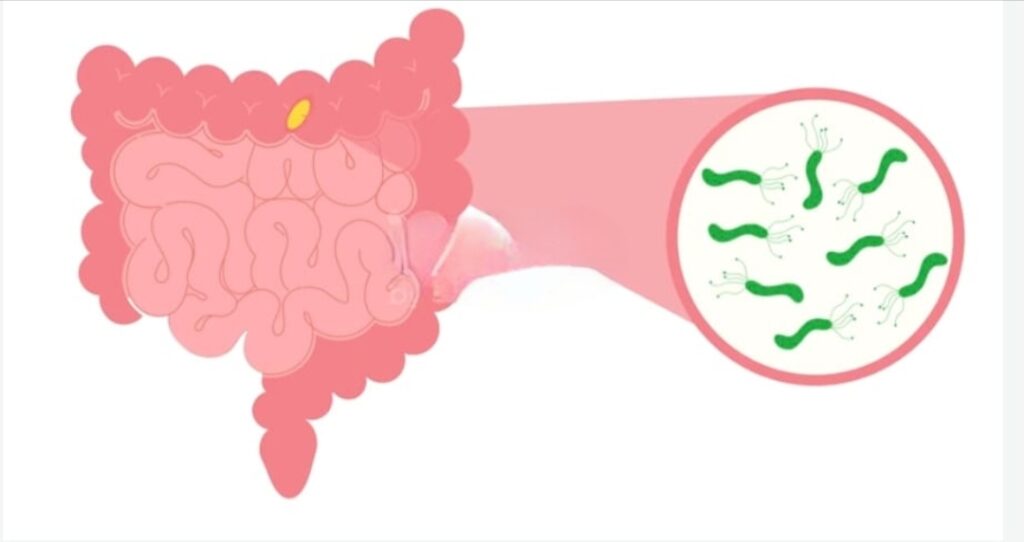
INTRODUCTION
Bacteria are the sole organisms where multiplication and division means the same a feature that’s quite exclusive!!
Bacteria may be tiny organism but they have broad array of uses and one such use is the contribution of gut bacteria in health.
The gut bacteria ultimately contributes to the gut microbiome which is a distinct ecosystem populated by trillions of microorganisms and they tend to play a detrimental role on health of an individual due to their pronounced impact on immune system, other than immunity they play a major role in digestion, synthesis of essential nutrients, protection of gut wall and also work in order to keep the population of harmful microbes in check. The gut brain axis tends to affect the release of several hormones this affecting mood, stress levels and anxiety.
GUT MICROBIOME is as unique as an individual’s fingerprint and is initially infants inherit it during vaginal delivery or breast feeding.(1,2)
PROMINENT MICROBES OF GUT MICROBIOME(2,5)
Phylum: Firmicutes
Lactobacillus – Helps in digestion and inhibits pathogens.
Mechanism:-Produces lactic acid to lower gut pH and inhibit pathogens, while also producing bacteriocins and extracellular polysaccharides that block pathogen adhesion and support barrier integrity.
Clostridium (e.g., Clostridium butyricum) – Produces short-chain fatty acids (SCFAs) like butyrate.
Mechanism:-Clostridium species ferment dietary fibers into butyrate, which nourishes colonocytes, strengthens tight junctions, and supports regulatory T cell development.
Ruminococcus – Breaks down complex carbohydrates and cellulose.
Mechanism:-Ruminococcus species are rich in glycoside hydrolases and cellulases that degrade resistant starches and plant fibers, releasing fermentable substrates for SCFA‐producing bacteria.
Faecalibacterium prausnitzii – Anti-inflammatory; key butyrate producer.
Mechanism:- It’s a prominent butyrate producer, its metabolites suppress NF‑κB and downregulate pro‑inflammatory cytokines (e.g. IL‑12, IFN‑γ), while inducing IL‑10 and improving gut epithelial barrier function via upregulation of tight‑junction proteins
Phylum: Bacteroidetes
Bacteroides (e.g., Bacteroides fragilis) – Degrades polysaccharides; important in immune modulation and functioning
Mechanism:- It Secretes polysaccharide A (PSA), which induces regulatory T cells and promotes immune tolerance—while a rich repertoire of carbohydrate‑active enzymes enables efficient degradation of complex dietary polysaccharides into SCFAs.
Prevotella – Associated with high-fiber diets; involved in carbohydrate metabolism.
Mechanism:- It is specialized in degrading hemicellulose, xylan, and pectin from fiber-rich diets, thereby producing SCFAs such as propionate and contributing to carbohydrate metabolism
Phylum: Actinobacteria
Bifidobacterium – Found in infants; helps in lactose digestion and immune function
Mechanism:- It works via the bifid shunt, ferments lactose and human milk oligosaccharides into acetate and lactate, which lower gut pH, inhibit pathogens, and support mucosal immunity and gut barrier development; colonization is strain- and host‑specific, often established early in life .(5)
Phylum: Proteobacteria
Escherichia coli (non-pathogenic strains) – Synthesizes vitamin K; helps maintain gut balance.
Mechanism:- It serves as an early colonizer and facultative anaerobe, consuming residual oxygen to help establish anaerobic conditions essential for obligate anaerobes; certain strains also synthesize Vitamins and secrete colicins to suppress pathogens.(6)
Enterobacter – Normally present in small amounts.
Mechanism:- It is present in low abundance under healthy conditions, capable of flexible sugar fermentation and nitrate respiration; may bloom during inflammation or dysbiosis but lacks the specialized fiber‑degrading and immune‑modulating traits of dominant gut species.(6)
Phylum: Verrucomicrobia
Akkermansia muciniphila – Degrades mucin; associated with metabolic health
Mechanism:- It specializes in degrading host mucin using mucin‐degrading enzymes (glycosidases, sulfatases), releasing sugars and SCFAs (especially acetate and propionate); its outer membrane protein engages TLR2 signaling to strengthen intestinal barrier integrity, reduce inflammation, and improve metabolic health (7)
KEY ROLES OF GUT BACTERIA IN HEALTH
AIDS DIGESTION🥗 AND SYNTHESIS OF SEVERAL VITAMINS
Complex dietary carbohydrates and fibers that are not easily digested by human enzymes in most of the scenarios in such cases gut microbes facilitate the digestion by breaking them down into SCFA( small chain fatty acid) that are important byproduct as they can be used as a source of energy. SCFA also exhibits anti inflammatory action this reducing inflammation and improving gut health.
Also the gut microbes help in metabolising bile acids in the intestine thus supporting recycling via enterohepatic circulation.
Also the gut microbes and bacteria are responsible for synthesis of several vitamins of prime importance such as:-
Vitamin K2 (menaquinone) – helps blood clot properly
Vitamin B12 (cobalamin) – supports nerve and red blood cell function
Biotin (B7) – important for metabolism and hair/skin health
Folate (B9) – needed for DNA production and pregnancy health
Riboflavin (B2), Thiamine (B1), Niacin (B3) – involved in energy production
🛡️ STRENGTHEN THE IMMUNE SYSTEM
GUT forms a major part of immune system and comprises of 80% of immune cells. The SCFA also helps to maintain the gut barrier thus preventing the escape of bacteria and bacterial toxins to other sites where they can cause ill effects due to their opportunistic nature.(3)

🧠 IMPACT ON NERVOUS SYSTEM AND ENDOCRINE SYSTEM
GUT microbes tend to affect nervous system via GUT- BRAIN AXIS which is something that can be referred to as the network of nerves, neurotransmitters and neurons. Often release of several hormones like serotonin is promoted by these microbes. Moreover SCFA are usually known to have certain positive effects contrary to the bacterial toxins that tend to cause nerve damage.GUT microbes are also involved in regulating endocrine activity and often certain hormones released are metabolically essential for regulation of hunger,blood sugar and satiety.

ANATOMY OF GUT MICROBIOME
Some part of the gut microbiota can be found in stomach and small intestine whereas maximum diversity is found in large intestine that is colon where they either tend to float outside or attach themselves to the inner lining.

FACTORS AFFECTING GUT MICROBIOTA
DIET
Foods rich in dietary fibres often lead to production of short chain fatty acids that upregulated gut health whereas on the contrary foods rich in sugar, saturated fat, additives and chemicals are of more harm and usually of no use!
DIVERSITY
Each microbe or bacteria that is a part of GUT MICROBIOTA plays a role that’s significant and mostly irreplaceable. So the diversity is also of prime importance in such a case because each bacteria have its own needs of food habitat this diversity of bacteria would allow their co existence.
References
1.Quigley E. M. (2013). Gut bacteria in health and disease. Gastroenterology & hepatology, 9(9), 560–569.
2.https://my.clevelandclinic.org/health/body/25201-gut-microbiome
3.Palm, N. W., de Zoete, M. R., & Flavell, R. A. (2015). Immune-microbiota interactions in health and disease. Clinical immunology (Orlando, Fla.), 159(2), 122–127. https://doi.org/10.1016/j.clim.2015.05.014
4.Marchesi, J. R., et al. (2016). “The gut microbiota and host health: a new clinical frontier.” Gut, 65(2), 330–339.DOI: 10.1136/gutjnl-2015-309990
5)https://doi.org/10.3389/fphar.2022.1042189
6)https://doi.org/10.1038/ismej.2016.176
7)https://doi.org/10.3389/fimmu.2024.1370658
8)https://www.physio-pedia.com/Gut_Brain_Axis_(GBA)- Image source; the gut brain axis



